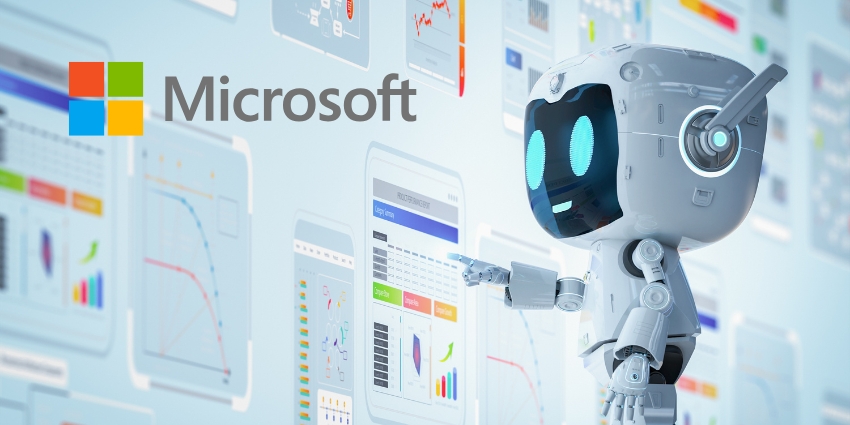
Microsoft’s latest announcement about the integration of ‘agentic AI’ functionalities into Windows 11 has generated considerable conversation and apprehension. These functionalities, aimed at boosting productivity by automating tasks such as organizing files and managing emails, intend to establish a fluid user experience by permitting AI ‘agents’ to function within a distinct desktop instance. This advancement promises to liberate users’ time, potentially allowing them to concentrate on more intricate tasks or personal endeavors.
Nonetheless, the rollout of these AI features does come with its own set of risks. Microsoft has admitted that these AI agents might unintentionally install malware on users’ devices. This revelation has triggered concerns about the security ramifications of incorporating such sophisticated AI capabilities into routine computing settings.
The risk of AI introducing vulnerabilities underscores the persistent challenge of balancing technological progress with cybersecurity. As AI continues to advance, it will be essential to ensure strong security measures and user awareness to alleviate risks related to its implementation.
For both users and organizations, this development serves as a reminder of the necessity of keeping security protocols current and remaining vigilant about the software and applications installed on their devices. As Microsoft works to enhance these features, the technology community will be attentively observing their effects on both productivity and security.